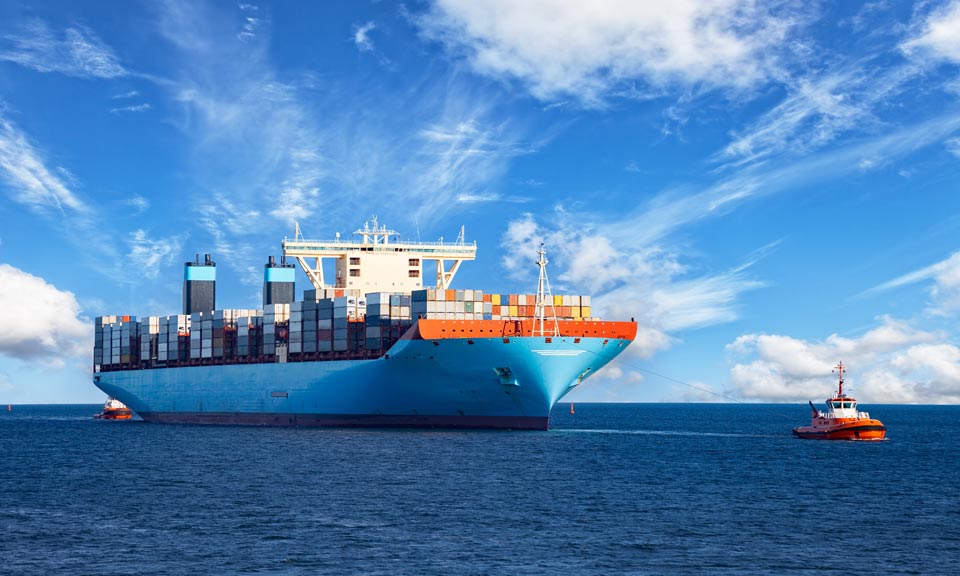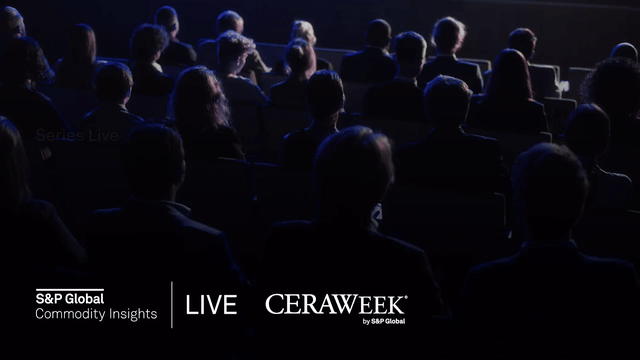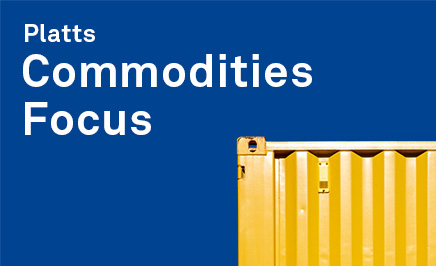/ COMMODITIES
Interactive: Seaborne trade in Russian oil under G7 price cap
Russia, one of the world’s largest oil suppliers, has increasingly turned to non-Western firms
/ COMMODITIES
/ COMMODITIES
Russia, one of the world’s largest oil suppliers, has increasingly turned to non-Western firms
/ COMMODITIES

Join Pradeep RajanSenior EditorAsia Freight and Sameer C. MohindruSenior EditorAsia Shipping Markets of S P Global Commodity Insights as they discuss tanker markets and the key factors including energy transition, geopolitics and supply-side dynamics driving them.

Join Rahul KapoorGlobal Lead,Shipping Analytics and Research at S P Global Commodity Insights as they discuss the economic challenges overshadowing decarbonization in the shiping industry.CERAWeek is taking place from March 18-22 and LIVE is your all-access pass to the conference. Check back for more insights and cutting-edge coverage.

Red sea crisis has forced carriers and shippers alike to adjust strategies. Container freight rates not only reached yearly high after receding throughout 2023 but carriers also seized a profit making opportunity they were looking for after the post pandemic lull. The change in this dynamic has forced shippers to again look for alternatives in the hopes of making their supply chain more agile.SP Global Commodity Insights containers editor Tanya Kalra speaks with Chris Rogers, Head of Supply Chain and Research, SP Global Market Intelligence, Greg Knowler, Senior Editor, Journal of Commerce and Mohammed Al Ansare, Associate Editor, EMEA Containers, SP Global Commodity Insights about the changing dynamics in the containers market and how carriers and shippers are navigating through them. Related: Platts Container Rate 1 North Asia-North ContinentFeature: Hapag Lloyd, Maersk's Gemini Corp. to shake up maritime alliances in 2025Delivery of new vessels offsets container market disruption from longer transitsSupply Chain Edge: Beyond AI, refrigerator reflation, limited Red Sea scopeRotterdam volume decline a buffer against any Red Sea container surge: CEOMore listening options: